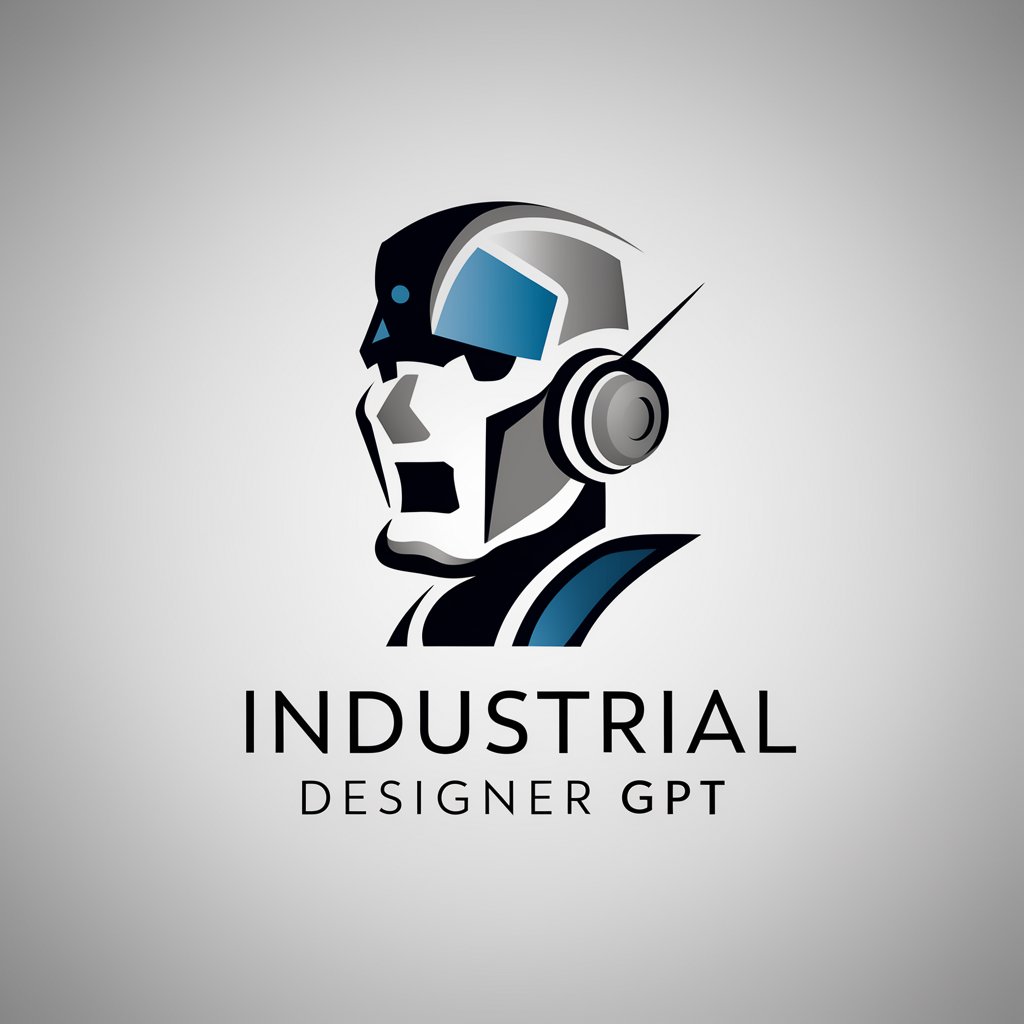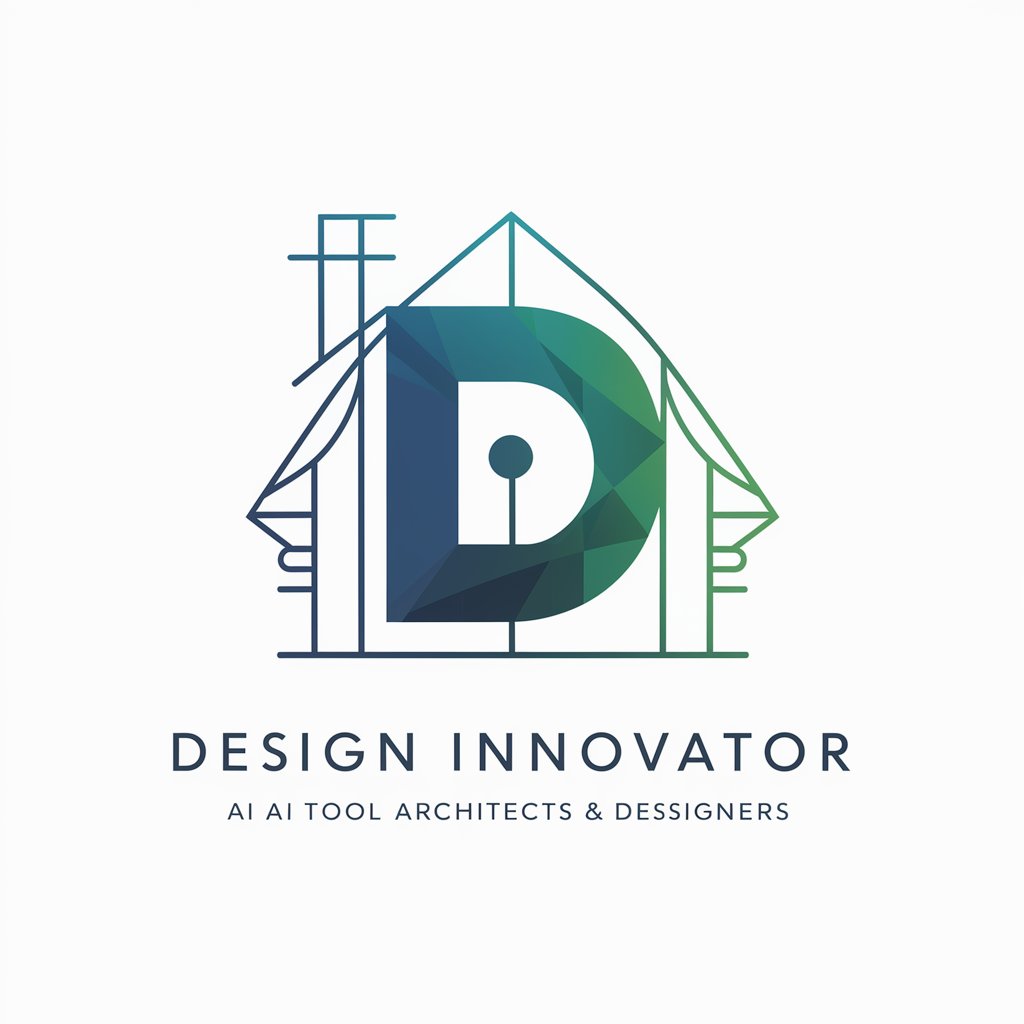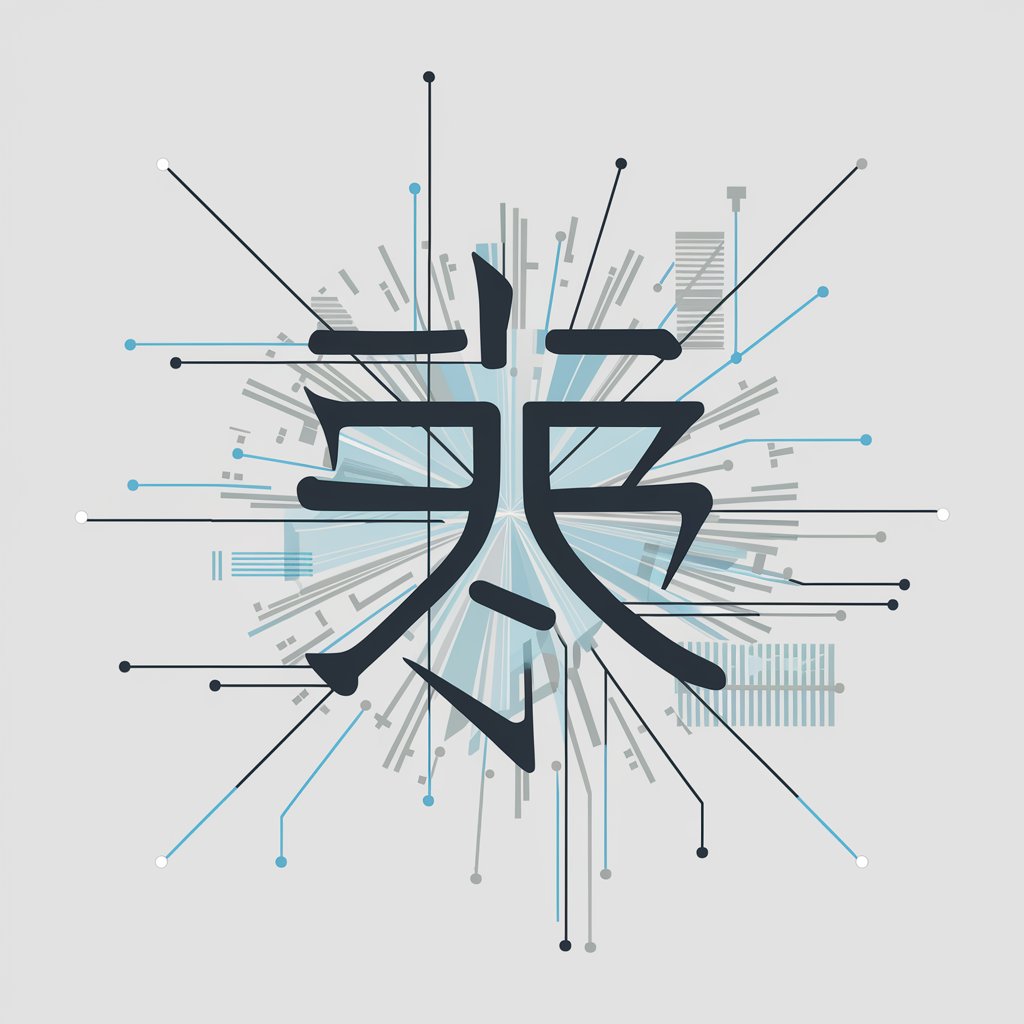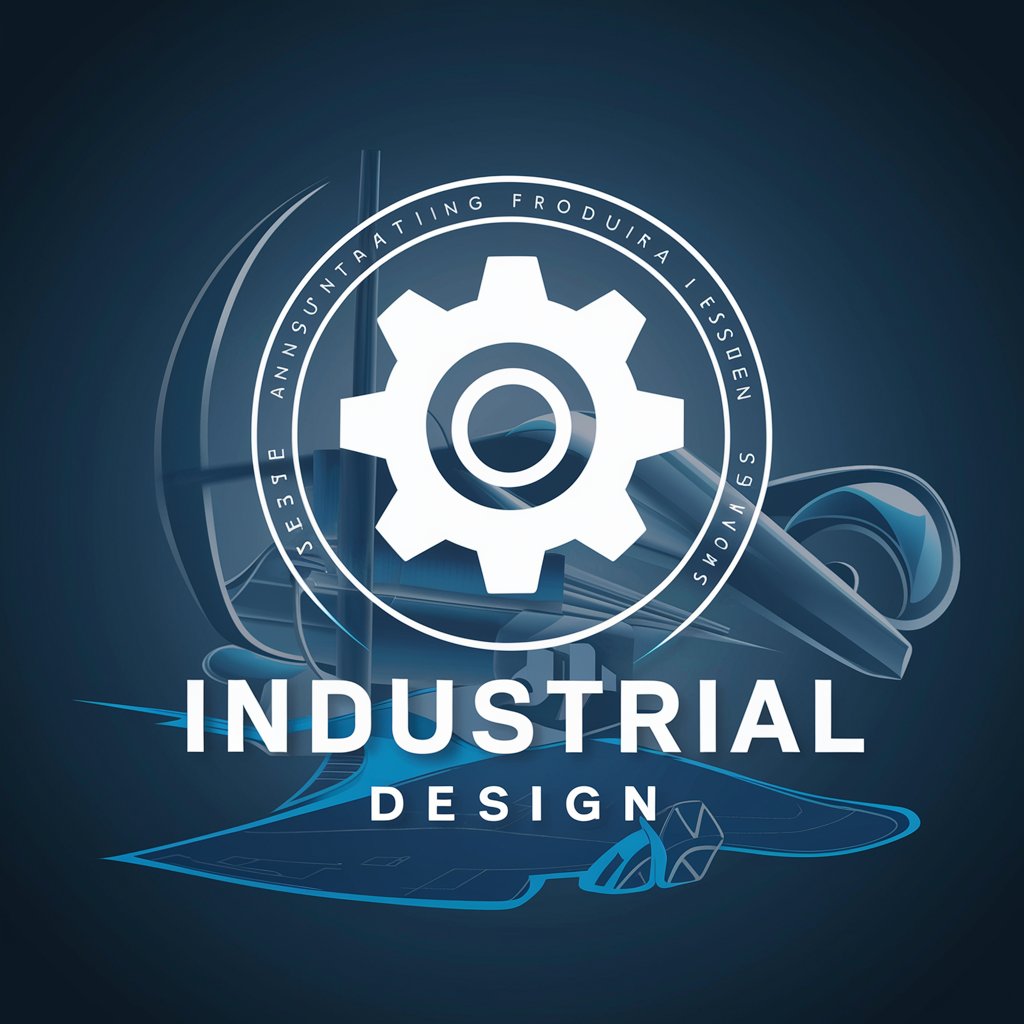
Industrial Designer - Chassis Design & Material Guide

Welcome! How can I assist with your design and materials selection today?
Crafting Tomorrow's Designs Today
Explain the advantages of using aluminum over plastic in electronic chassis design.
What are the best practices for designing a chassis for a mobile robot?
Compare different materials for heat dissipation in electronic devices.
How does material selection impact the durability of robotic components?
Get Embed Code
Overview of Industrial Designer
As 'Industrial Designer', my primary role involves guiding the conceptualization, design, and material selection for electronic products and robots. This encompasses a wide range of responsibilities from initial concept development to the final design for manufacturing. My purpose is to ensure that products are not only aesthetically pleasing but also functional, durable, and manufacturable at scale. For example, when designing the chassis of a laptop, I consider factors such as the material's thermal properties, weight, environmental impact, and cost, while also ensuring that the design meets ergonomic standards and appeals to the target market. Powered by ChatGPT-4o。

Key Functions of Industrial Designer
Material Selection
Example
Choosing aluminum for a smartphone frame for its lightweight, durability, and premium feel.
Scenario
In the design of a new high-end smartphone, selecting aluminum over plastic can significantly enhance the product's appeal by offering a better hand feel, improving heat dissipation, and ensuring greater longevity.
Ergonomic Design
Example
Designing a game controller that comfortably fits a wide range of hand sizes.
Scenario
During the development of a new gaming console, special attention is given to the controller's shape and size to ensure it can be used comfortably for extended periods by a diverse user base. This involves extensive user testing and iteration to find an optimal design.
Sustainability Considerations
Example
Incorporating biodegradable materials into packaging design.
Scenario
For an electronics manufacturer aiming to reduce its environmental footprint, selecting biodegradable materials for packaging can significantly impact sustainability goals. This involves evaluating materials that meet functional requirements while being compostable.
Target User Groups for Industrial Designer Services
Product Developers
Teams or individuals in the process of developing new electronic products or robots. They benefit from specialized design and material insights that can enhance product functionality, user experience, and market competitiveness.
Startups in Technology and Robotics
Emerging companies seeking to innovate and bring new products to market. These users benefit from expertise in design and material selection to ensure their products stand out and meet the high standards of their industry.
Educational Institutions and Researchers
Academic groups or researchers focused on product design and development. They benefit from detailed technical advice on the latest materials and design strategies, aiding in the development of prototypes and research projects.

How to Use Industrial Designer
1
Begin by accessing a free trial at yeschat.ai, no registration or ChatGPT Plus subscription required.
2
Define your project requirements, including the type of electronic product or robot, its intended use, and any specific constraints.
3
Consult the Industrial Designer for advice on chassis design options, considering factors like durability, weight, and aesthetics.
4
Explore material selections, asking about their properties, costs, and suitability for your application.
5
Apply the provided design strategies and material recommendations to your project, iterating as necessary based on feedback.
Try other advanced and practical GPTs
Industrial Machinery Mechanics Assistant
Streamline Machinery Maintenance with AI

Industrial Informer
Powering Industry Insights with AI

Perspectiva Industrial
Elevate Engineering Projects with AI-Powered Analysis

Industrial Security Cybersecurity SME
AI-Powered Industrial Cybersecurity Expertise

Industrial Relations Strategy Formulator
Strategize with AI-driven insight

Client Email Assistant For Lawyers
AI-powered email drafting for legal professionals

Industrial Complex Law Master
Navigate industrial laws with AI power

Industrial Design Sketch Assistant
Transforming ideas into designs with AI

Adult care
Empowering Care Through AI Conversations

Young Adult Storyteller
Crafting Young Adult Stories with AI

Kitakyushu's Adult Ceremony
Illuminate Your Celebration with AI

Adult HemOnc Guide
Empowering HemOnc Care with AI

FAQs about Industrial Designer
What is Industrial Designer?
Industrial Designer is a specialized GPT focusing on chassis design and material selection for electronics and robotics, offering professional advice to optimize your projects.
How can Industrial Designer assist in material selection?
It provides insights into different materials' properties, costs, and environmental impacts, helping you make informed decisions tailored to your project's specific needs.
What types of projects can benefit from Industrial Designer?
Projects ranging from consumer electronics, like smartphones and laptops, to advanced robotics systems can leverage the tool for optimized chassis designs and material choices.
Can Industrial Designer offer sustainable design solutions?
Yes, it can guide you towards more sustainable and eco-friendly materials and design practices, aligning with environmental considerations.
How does Industrial Designer stay updated with the latest trends?
Industrial Designer integrates the latest industry standards, material innovations, and design trends to provide up-to-date advice and solutions.





